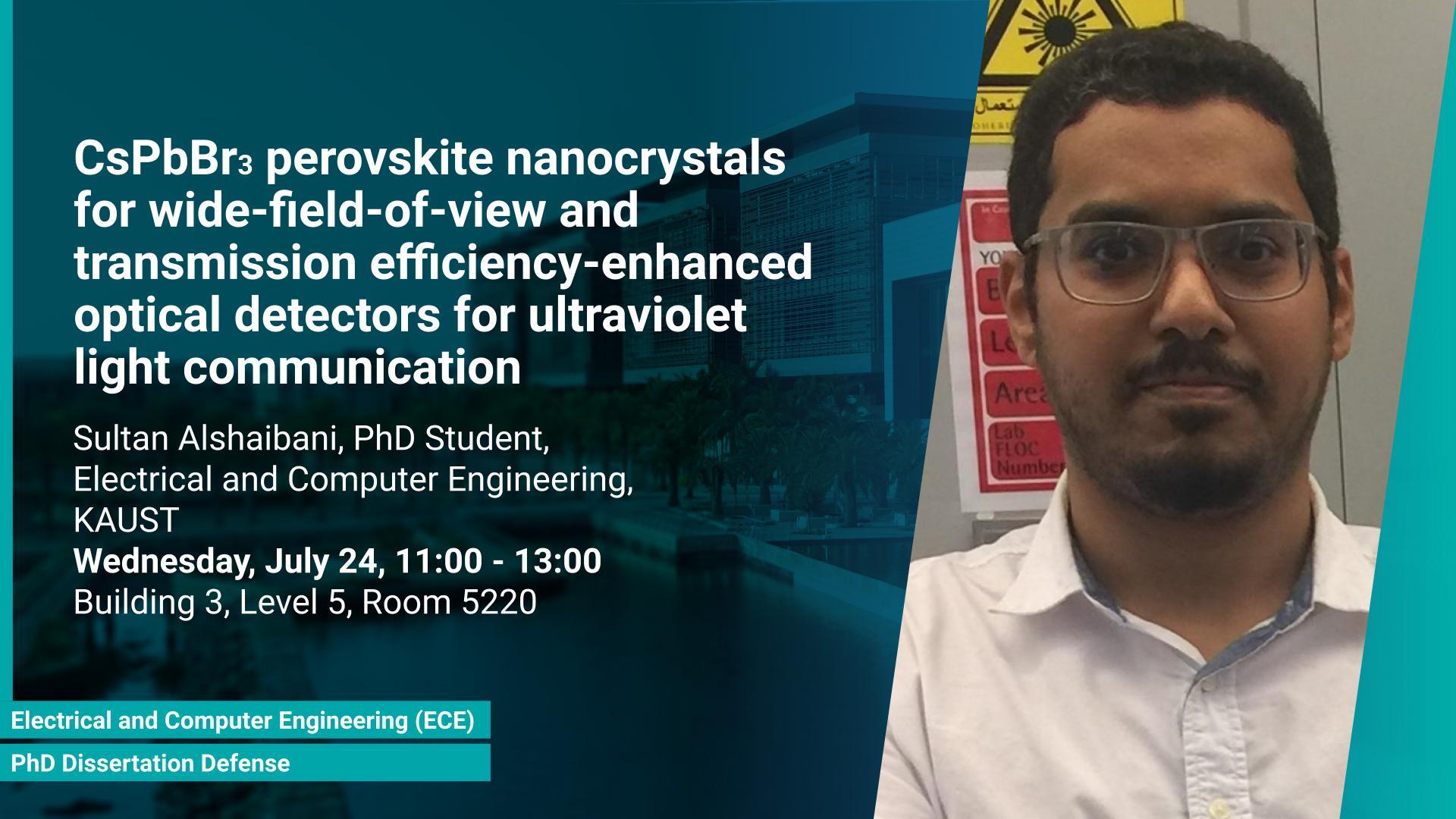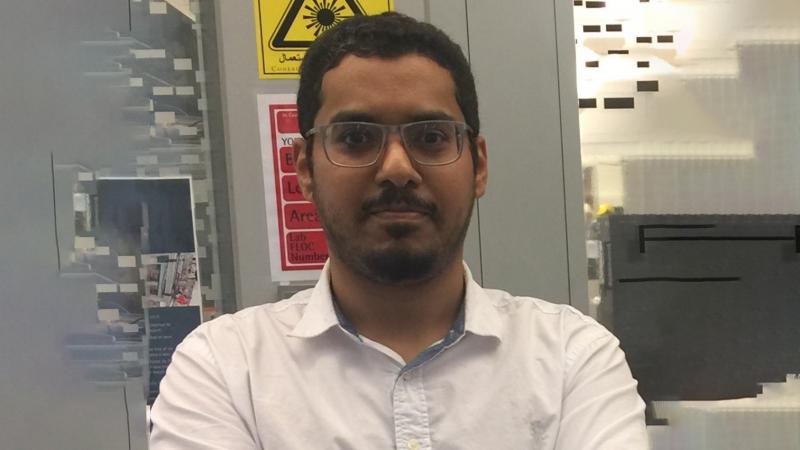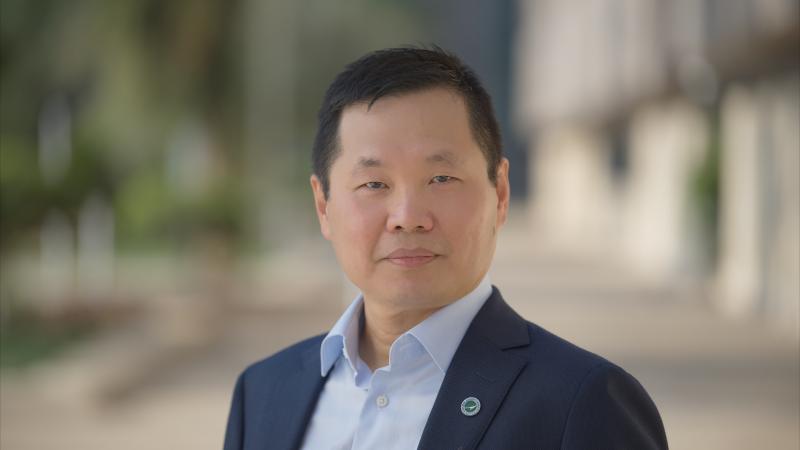Event Start
Event End
Location
Abstract
The demands for using optical wireless communication (OWC) have increased in recent years due to the bandwidth limitation of the radio frequency (RF) communication link. Ultraviolet-based communication, in particular, has gained attraction due to its robustness against channel misalignment and wavelength-beam blockage. However, the receiver-end technologies are still lagging compared to the development in the transmitter-side technologies based on laser diode (LD) and light-emitting diode (LED). Herein, this work reports new designs that can be used for large area detection with a high bit-rate for complementing the OWC link. For example, Si-based photodetectors (PDs), which are matured technologies, widely available, and cost-effective, can be used for UV-light detection. However, they suffer from low responsivity in the UV regime. Another general challenge for photodetectors is the trade-off between their active area and bandwidth. It is known that the PD’s received signal-to-noise ratio (SNR) can be improved by increasing the active area of the optical detector. However, it is preferable to minimize the photodetectors junction capacitance to reduce the resistance-capacitance (RC) time constant for enabling higher modulation bandwidth. To achieve a high modulation BW with a high SNR, light focusing elements such as Compound Parabolic Concentrators (CPC) and lenses are placed externally onto photodetectors of small active areas. However, these conventional focusing components suffer from the conservation of étendue, where the optical gain of the concentrator can only be increased by decreasing the detector’s field of view (FoV). To overcome the low responsivity of Si-based PDs in UV communication links, the narrow FoV of the conventional concentrators caused by the étendue conservation and to enhance the received signal when such devices are applied on the receiver end of UVC-based OWC systems, we report on the use of all-inorganic CsPbBr3 perovskite nanocrystals (NCs) combined with optical concentrators such as CPC, plano-convex lens and fused fiber-optic taper (FFOT). We evaluated the feasibility of the reported wide FoV optical detectors by including them in deep UV OWC systems, deploying non-return-to-zero on-off keying (NRZ-OOK) and orthogonal-frequency division multiplexing (OFDM) modulation schemes. The NRZ-OOK and OFDM schemes exhibit stable communication over a 60° FoV semiangle, achieving data transmission rates of 100 Mb/s and 71.6 Mb/s, respectively. Leveraging the proposed methodology, a maximum gain enhancement in the received signal of up to 3650% and 780% was achieved using FFOT and CPC, respectively.
Brief Biography
Sultan Alshaibani is a Ph.D. candidate in Electrical Engineering at the Photonics Laboratory at King Abdullah University of Science and Technology (KAUST) under the supervision of Prof. Boon S. Ooi. His research focuses on high-speed receivers for ultraviolet optical wireless communication links. He received his Master of Science in optical nanotechnology engineering from the University of Kassel in Germany in 2016. He worked as an academic researcher in the materials science research institute, national nanotechnology research center at King Abdulaziz City for Science and Technology (KACST) in Riyadh, before he joined the Ph.D. program at KAUST in 2019.


